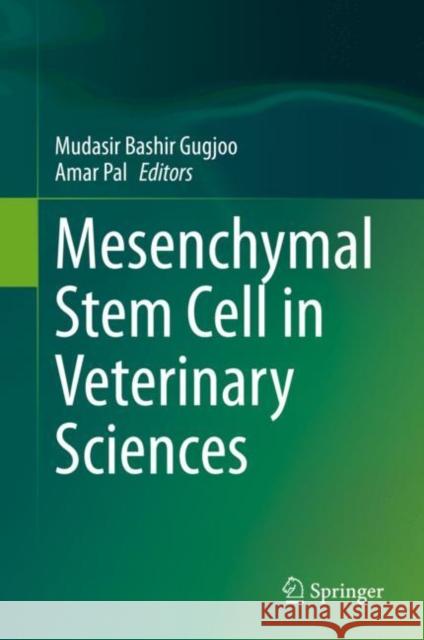Mesenchymal Stem Cell in Veterinary Sciences » książka
topmenu
Mesenchymal Stem Cell in Veterinary Sciences
ISBN-13: 9789811560361 / Angielski / Twarda / 2020 / 337 str.
Mesenchymal Stem Cell in Veterinary Sciences
ISBN-13: 9789811560361 / Angielski / Twarda / 2020 / 337 str.
cena 603,81
(netto: 575,06 VAT: 5%)
Najniższa cena z 30 dni: 578,30
(netto: 575,06 VAT: 5%)
Najniższa cena z 30 dni: 578,30
Termin realizacji zamówienia:
ok. 22 dni roboczych
Bez gwarancji dostawy przed świętami
ok. 22 dni roboczych
Bez gwarancji dostawy przed świętami
Darmowa dostawa!
Kategorie:
Kategorie BISAC:
Wydawca:
Springer
Język:
Angielski
ISBN-13:
9789811560361
Rok wydania:
2020
Wydanie:
2020
Ilość stron:
337
Waga:
0.63 kg
Wymiary:
23.85 x 16.56 x 1.85
Oprawa:
Twarda
Wolumenów:
01











